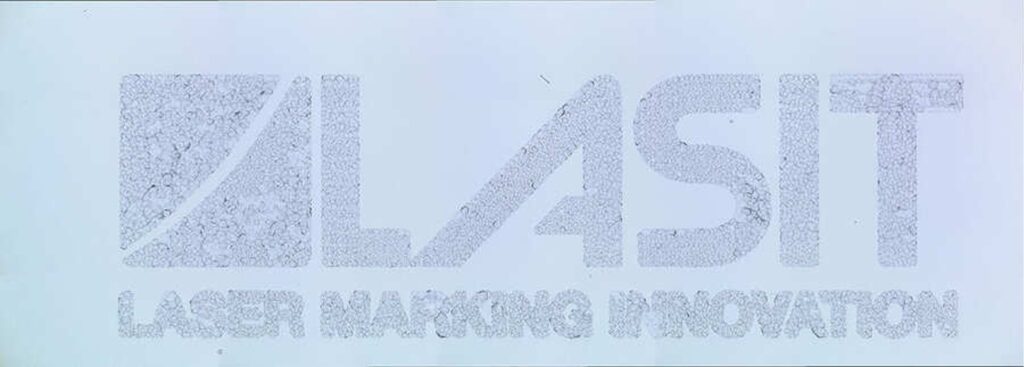In the evolving world of material engineering, laser marking technology stands out as a groundbreaking advancement, particularly in its application to glass. This innovative approach by Lasit (https://www.lasitlaser.com/) not only enhances the aesthetic appeal of glass products but also contributes significantly to their functionality and sustainability.
Understanding the Glass Material:
Glass, a naturally occurring material primarily composed of silica, exhibits remarkable properties such as transparency, structural compactness, chemical and biological inertia, and infinite recyclability. These attributes make glass an ideal candidate for laser processing, especially given its sensitivity to thermal expansion.

Laser Marking on Different Types of Glass:
- Sodium-Calcium Glass: Widely used in windows, bottles, and glassware, this type of glass is well-suited for laser marking. The process creates thousands of microfractures on the surface, resulting in a frosted, satin-like finish. This method is cost-effective and finds applications in decoration, automotive industry, and laboratory glassware production.
- Quartz Glass: Known for its high temperature resistance and excellent optical transmissibility, quartz glass is processed using CO2 lasers. This method alters the glass’s lattice structure, changing light refraction for recognizable markings.
- Borosilicate Glass (Pyrex): Renowned for its thermal expansion resistance, Pyrex is also amenable to CO2 laser marking, making it ideal for kitchenware and oven-safe products.
Advantages of Laser Engraving on Glass:
Laser engraving on glass presents numerous benefits. It is resistant to wear, corrosion, and aggressive substances like concentrated detergents or acids. Moreover, the process is economical due to the lack of consumable materials, quick, and capable of producing high-definition markings even on small surfaces.
Innovations in Laser Technology:
Picosecond lasers, characterized by ultra-short pulses, are particularly suitable for high-precision applications. These lasers interact intensely with glass, breaking chemical bonds to create fine cavities or engravings. This precision is achieved with minimal heating, thus reducing the risk of thermal damage to the glass.

The laser marking technology ushers in a new era for the glass industry. It offers an innovative, efficient, and cost-effective method for working with glass across various sectors. Leveraging the unique properties of glass, this technology enables the creation of high-quality products with precision and durability, marking a significant milestone in material engineering and design.
Useful Insights:
- For businesses in the glass industry, adopting laser marking technology can lead to improved product quality and cost savings.
- Designers and engineers should explore the potential of laser marking for creating intricate and durable designs on glass.
- Sustainability-focused companies can benefit from the eco-friendly aspects of laser marking, such as its non-reliance on consumable materials and the recyclability of glass.
